Translation services for Medical Device Manuals UK are essential in a globalized medical landscape. They ensure clear communication, patient safety, and regulatory compliance by accurately translating complex medical terminology into diverse languages, addressing cultural nuances. These services leverage advanced technology and industry expertise to minimize errors, enhance user understanding, and expand product reach for manufacturers while protecting users from potential harm due to inaccurate manuals. AI integration promises to make these services more efficient and accessible in the future.
In today’s globalized medical device market, ensuring clear communication through accurate translations is paramount for user safety. This article explores how professional translation services can bridge language barriers, enhance manual comprehensibility, and improve patient outcomes in the UK market. We delve into critical aspects like cultural sensitivity, technical precision, quality assurance, legal compliance, and highlight successful case studies. By understanding these elements, medical device manufacturers can leverage translation services for more effective global distribution.
- Understanding the Importance of Clear Communication in Medical Device Manuals
- Challenges in Global Distribution: Language Barriers and User Safety
- The Role of Professional Translation Services in Ensuring Accuracy
- Enhancing Manual Comprehensibility through Cultural Sensitivity
- Technical Precision: Translating Complex Medical Terminology
- Quality Assurance Process for Translated Device Manuals
- Legal Considerations and Compliance in Medical Translation
- Case Studies: Successful Translation Projects for Medical Devices
- Future Trends: AI and Machine Translation in the UK Market
Understanding the Importance of Clear Communication in Medical Device Manuals
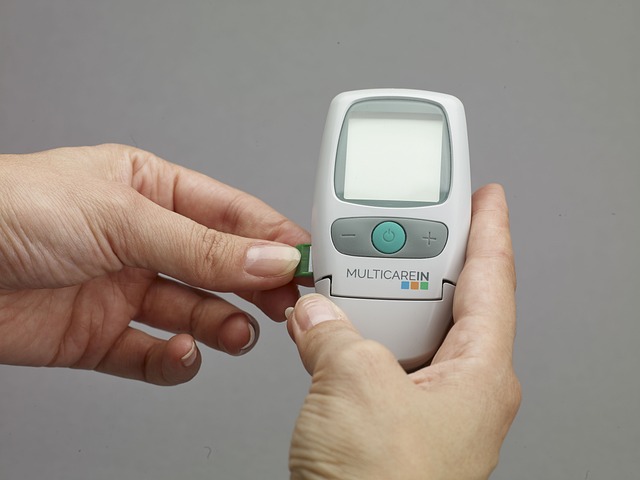
In the medical field, where precision and clarity are paramount, clear communication in device manuals is non-negotiable. These guides serve as critical resources for healthcare professionals and patients alike, ensuring safe and effective use of medical devices. Any ambiguity or misinterpretation can have severe consequences, especially when dealing with life-saving equipment. Translation services play a pivotal role here, especially for medical device manuals in the UK, where ensuring accurate and culturally sensitive language is essential.
Professional translation ensures that complex medical terminology is accurately conveyed in the target language, reducing the risk of errors or misuses. It also accounts for cultural nuances, ensuring that instructions are understood and followed appropriately across diverse user groups. For instance, a simple phrase in one language might have multiple meanings or require specific context to be grasped correctly. Translation services for Medical Device Manuals UK specialize in navigating these challenges, making the manuals accessible and reliable resources for users from various linguistic backgrounds.
Challenges in Global Distribution: Language Barriers and User Safety

In today’s global market, medical device manufacturers often face challenges in distributing their products internationally due to language barriers. When complex medical devices are involved, accurate and clear user manuals are crucial for ensuring user safety. However, producing manuals in multiple languages can be a daunting task, especially when dealing with technical terminology and regulatory requirements. This is where translation services for Medical Device Manuals UK come into play, offering vital support for companies aiming to expand their reach globally.
Language barriers can pose significant risks to user safety if not addressed properly. Inaccurate or poorly translated manuals may lead to misunderstandings, incorrect device usage, and potential harm to users. For example, a simple mistranslation of a warning symbol or an instruction could result in serious consequences during an emergency situation. Therefore, engaging professional translation services specialized in medical devices is essential to maintain high safety standards across all markets.
The Role of Professional Translation Services in Ensuring Accuracy
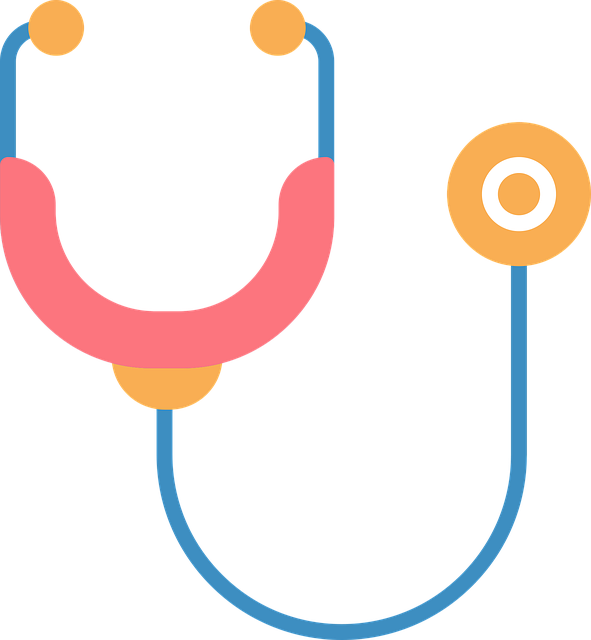
In the medical device industry, precision and clarity in communication are paramount. When it comes to user manuals, which often contain complex technical information, translation services play a pivotal role in ensuring safety. Professional translation companies specializing in medical devices offer expertise that goes beyond mere word-for-word rendering. Their linguists not only possess in-depth knowledge of medical terminology but also understand the critical need for accuracy and consistency. This specialized service is especially crucial when translating device manuals from English into other languages, such as those used in the UK market.
By leveraging advanced translation technologies and industry-specific glossaries, these services guarantee that instructions, warnings, and safety protocols are conveyed accurately and effectively to users across different linguistic backgrounds. This not only minimizes the risk of user errors but also ensures compliance with local regulatory requirements. Thus, for medical device manufacturers looking to provide clear and safe instructions to their UK audience, partnering with professional translation services is an indispensable step in the localization process.
Enhancing Manual Comprehensibility through Cultural Sensitivity
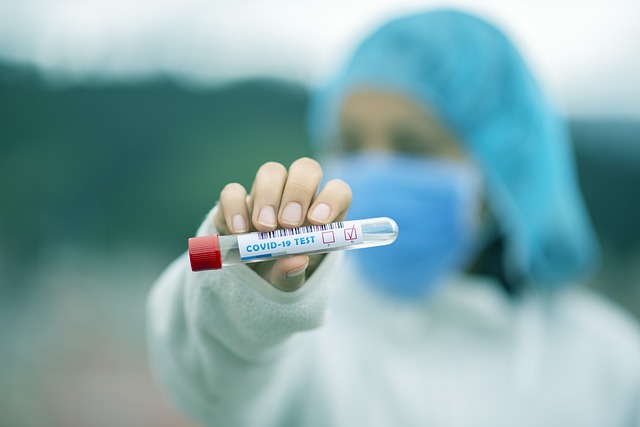
In today’s globalized world, medical device manufacturers must cater to diverse user populations. Providing manuals in multiple languages is a key step in ensuring accessibility and safety. Translation services for Medical Device Manuals UK play a vital role here, not just by converting text from one language to another but also by infusing cultural sensitivity. A translated manual must convey the same level of clarity and detail as its original counterpart while adapting to the nuances of the target language and culture.
Cultural sensitivity in translation ensures that users from different backgrounds can understand and follow instructions accurately, reducing the risk of misuses or misinterpretations. For instance, symbols and diagrams used in manuals might have varying interpretations across cultures, so a professional translator with knowledge of local customs and practices can ensure these are conveyed appropriately. This enhancing comprehensibility not only improves user safety but also builds trust in the product among users from diverse linguistic and cultural backgrounds.
Technical Precision: Translating Complex Medical Terminology

Device manuals, especially in medical fields, rely heavily on technical precision and clarity to ensure user safety. When it comes to translating such documents for a global audience, accuracy is paramount. Medical terminology is complex, with terms often having precise, specific meanings that don’t translate directly.
Translation services for Medical Device Manuals UK must employ skilled linguists who understand not just the language but also the medical domain. They need to navigate intricate terminology, ensuring equivalent and correct representations in the target language without losing critical nuances or introducing potential risks to user safety.
Quality Assurance Process for Translated Device Manuals

When it comes to device manuals, accurate and reliable translation is non-negotiable. Translation services for Medical Device Manuals UK must adhere to stringent quality assurance processes to ensure user safety. This involves multiple rounds of review and editing by subject matter experts who verify not just grammatical correctness but also the preservation of critical technical information.
The process should encompass terminology consistency, ensuring that medical terms are translated accurately across different manuals. It includes fact-checking to confirm that all instructions, warnings, and specifications remain intact and easily comprehensible for the target audience. Moreover, it involves cultural adaptation, tailoring the language to be accessible without losing its essence, thus avoiding potential misunderstandings in diverse user contexts.
Legal Considerations and Compliance in Medical Translation

In the UK, medical device manufacturers are legally obligated to provide clear and comprehensive user manuals in languages accessible to their target audience. This is particularly crucial for ensuring patient safety and compliance with regulatory standards set by bodies like the Medicines and Healthcare products Regulatory Agency (MHRA). Translation services for Medical Device Manuals UK must adhere to strict guidelines and best practices, including maintaining technical accuracy, preserving regulatory compliance, and respecting cultural nuances.
Professional translators specializing in medical terminology are essential to mitigating risks associated with inaccurate or incomplete translations. They ensure that medical device manuals accurately convey critical safety information, instructions, and potential risks in the user’s native language. This is vital not only for legal compliance but also for preventing misuses, misunderstandings, and subsequent adverse events related to the device’s use.
Case Studies: Successful Translation Projects for Medical Devices
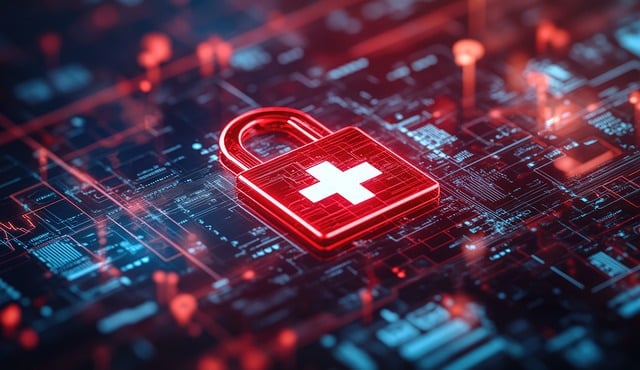
In recent years, case studies have shown that translation services play a pivotal role in enhancing user safety when it comes to medical device manuals. Accurate and culturally sensitive translations are essential for ensuring that users in diverse markets fully understand the functionality and potential risks associated with these devices. For instance, a leading UK-based medical device manufacturer faced a significant challenge when expanding its product range into Europe. They partnered with professional translation services to localize their device manuals into multiple European languages. The result was a uniform understanding among users across different countries, leading to improved patient safety and higher device adherence rates.
This project exemplifies the importance of high-quality translations in the medical field. Another success story involves a global clinical trial where multilingual participants from various cultural backgrounds required clear and concise instructions for complex medical devices. A specialized translation team adapted the manuals to suit local languages and dialects, ensuring that every participant could follow the guidelines confidently. This initiative not only facilitated the trial’s progress but also underscored the critical role of translation in bridging communication gaps, ultimately contributing to safer clinical outcomes.
Future Trends: AI and Machine Translation in the UK Market
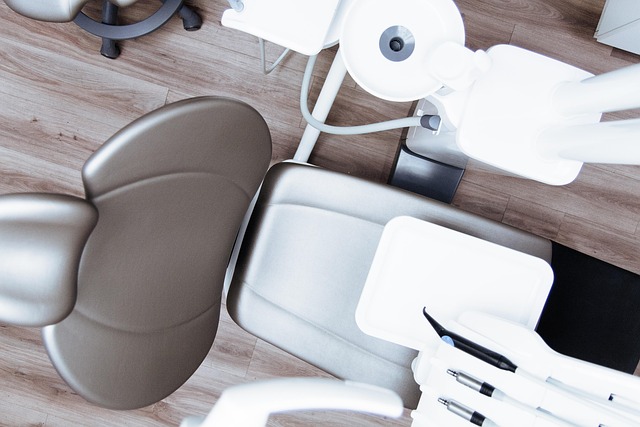
The future of translation services in the UK market, particularly for medical device manuals, looks promising with the increasing adoption of Artificial Intelligence (AI) and Machine Translation (MT). AI-powered tools are revolutionizing the industry by offering faster, more accurate, and cost-effective translations. These technologies can process vast amounts of data, learn from them, and improve over time, ensuring high-quality outputs.
In the medical device manuals sector, this means quicker availability of user guides in multiple languages, enhancing user safety and accessibility. MT systems can translate complex technical content while maintaining clarity and regulatory compliance, which is critical for devices with strict safety standards. With AI, translation services for Medical Device Manuals UK are poised to become more efficient, reliable, and accessible, ultimately benefiting both manufacturers and users alike.
Translation plays a pivotal role in enhancing user safety for medical device manuals, especially in global markets. By leveraging professional translation services that prioritize cultural sensitivity and technical precision, manufacturers can ensure clear communication with diverse users. The quality assurance process, legal compliance, and case studies demonstrate the effectiveness of high-quality translations. As AI and machine translation gain traction in the UK market, these innovations are poised to further streamline the process, making device manuals more accessible and safer for users worldwide. Translation services for Medical Device Manuals UK must continue to evolve to meet these advancements, ultimately fostering better patient outcomes through improved manual comprehensibility.
